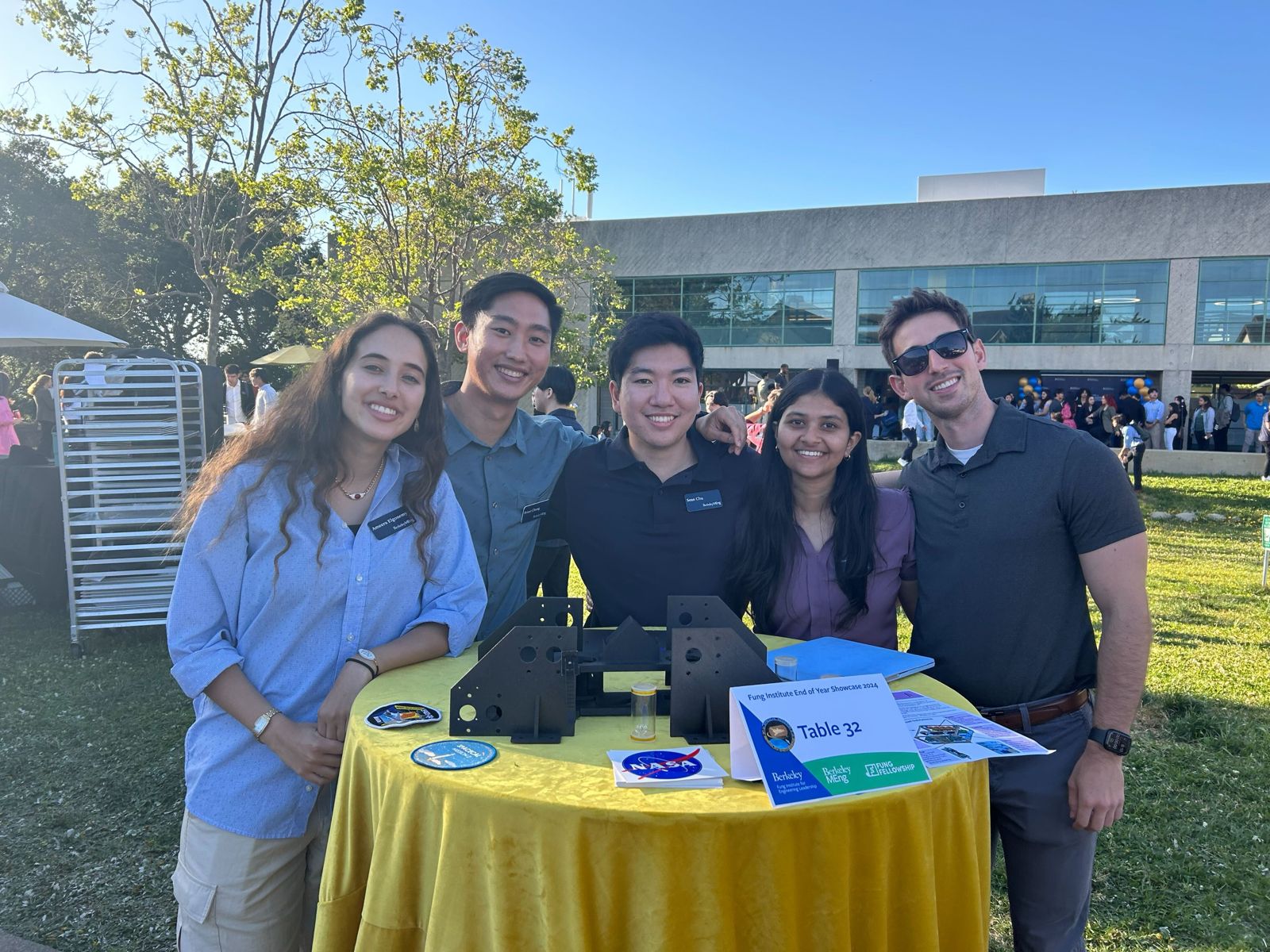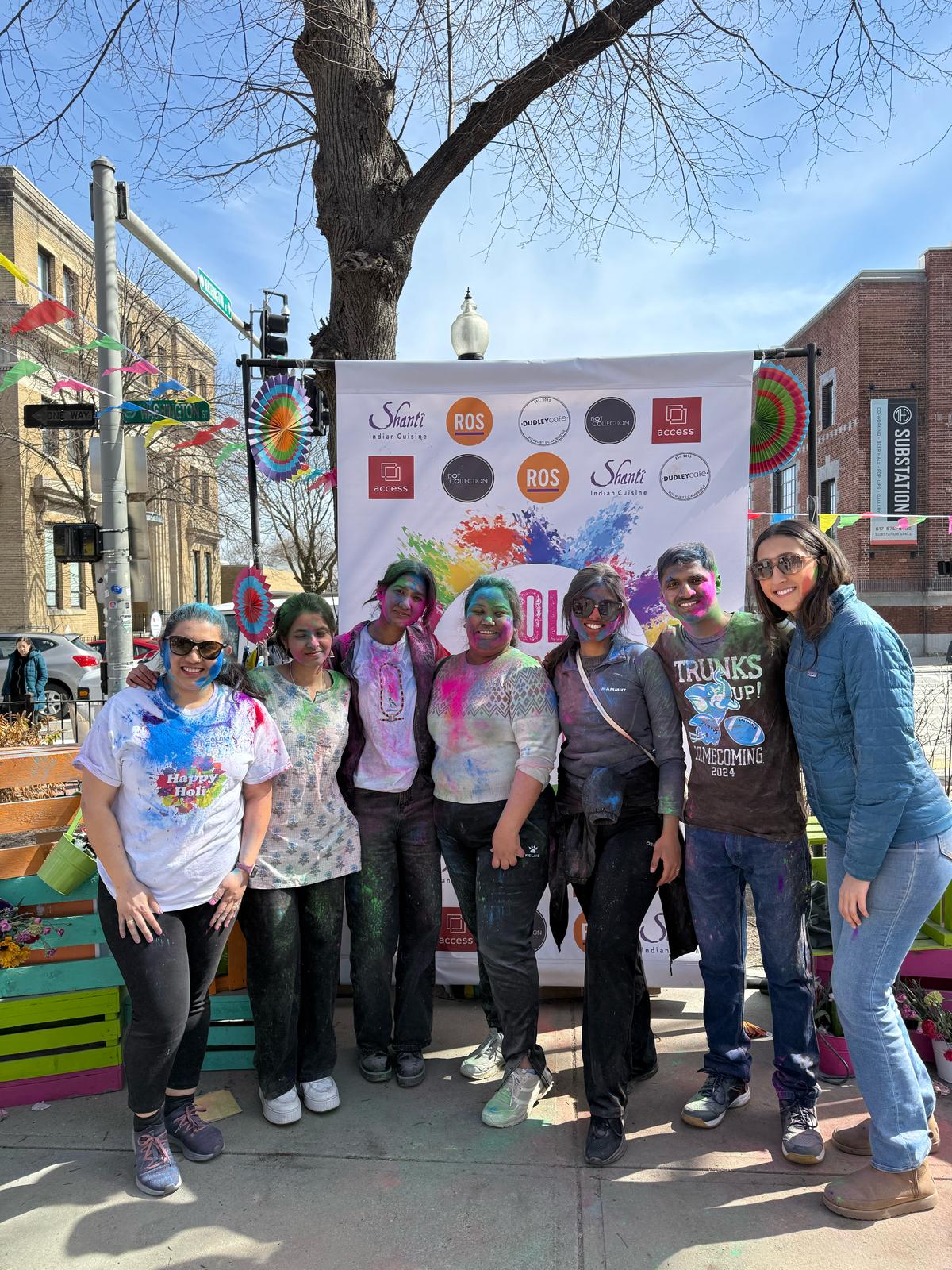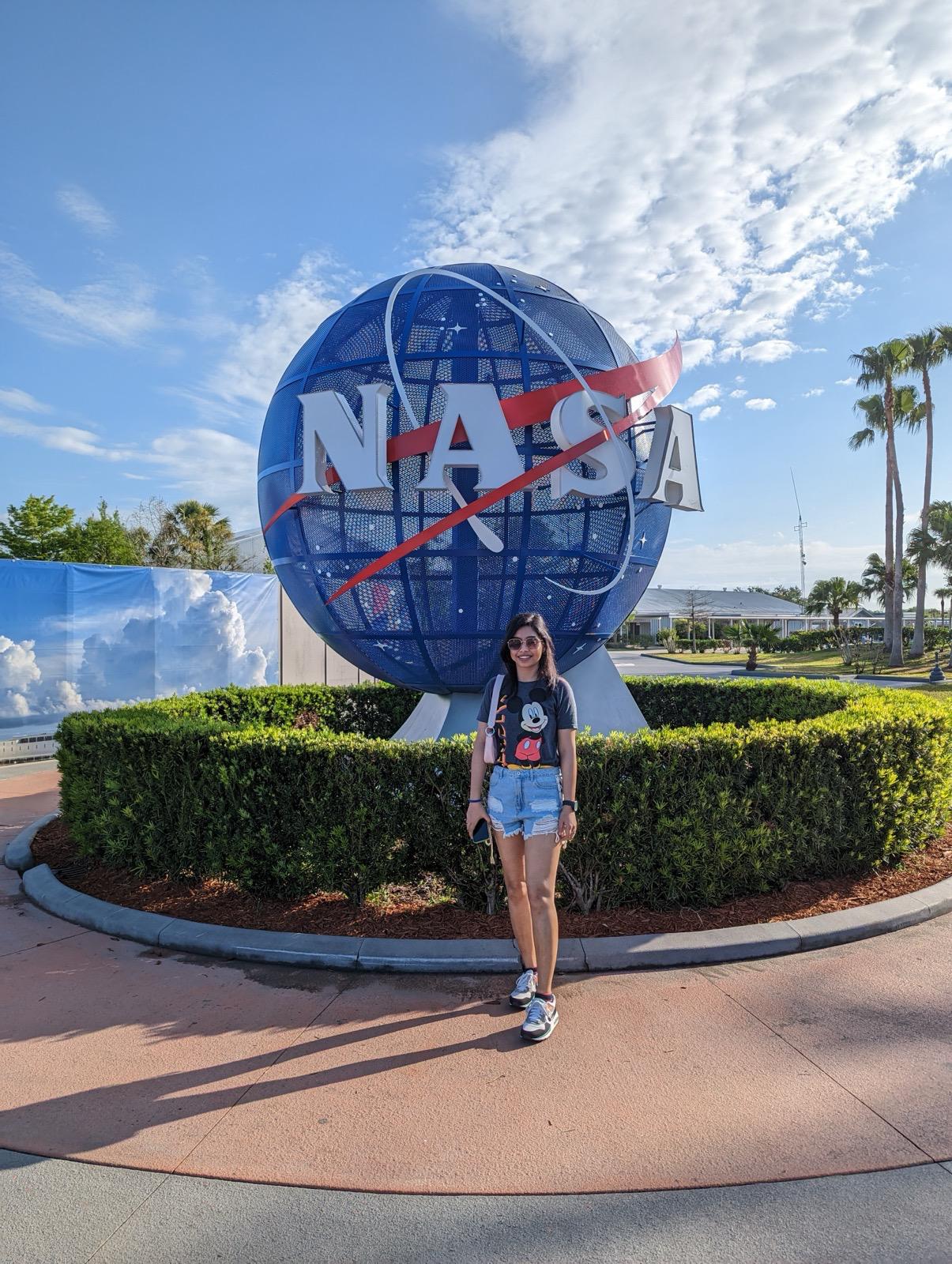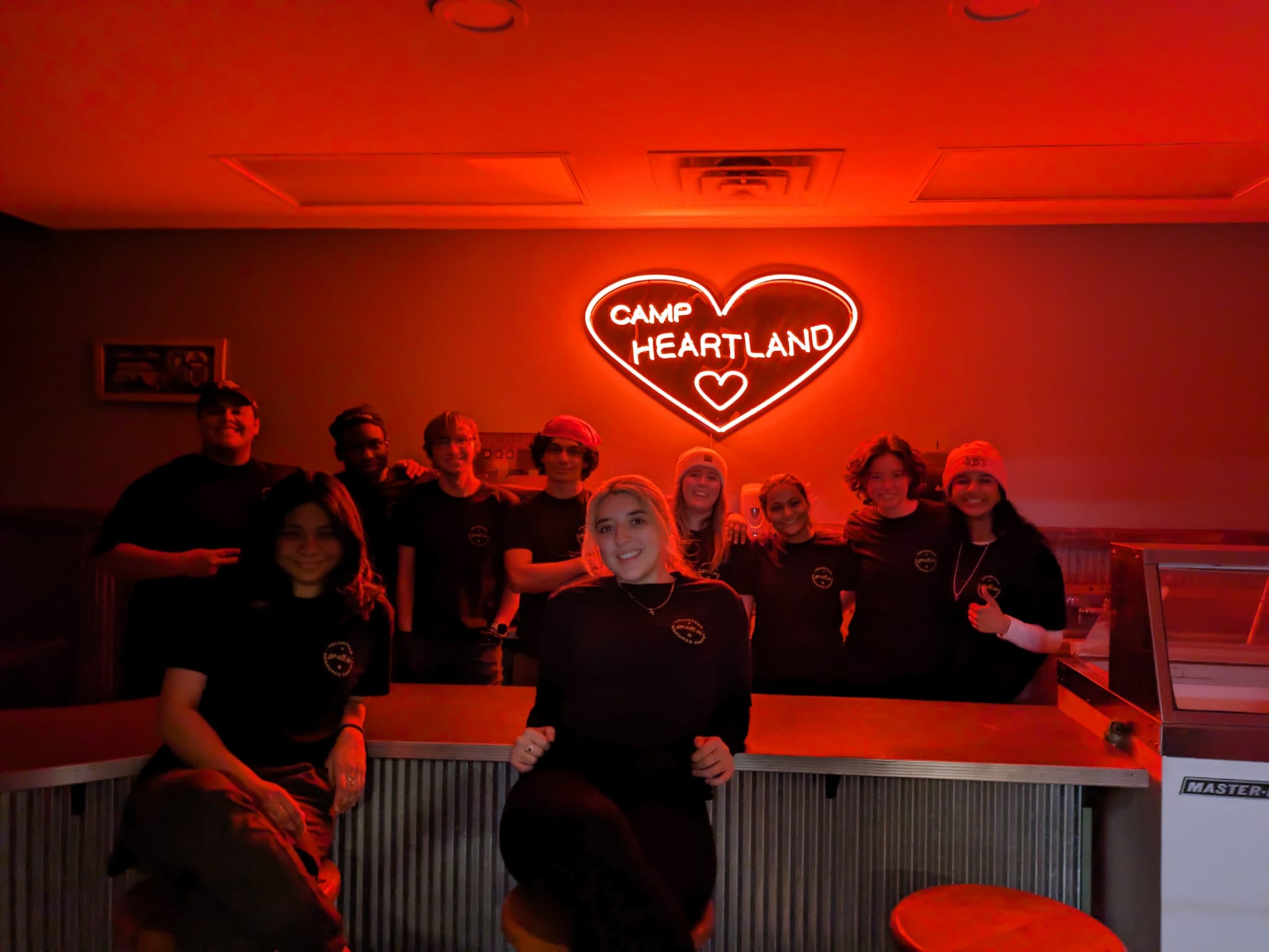NASA Project at UCB

I still remember the moment I found out our capstone project would be launched by Virgin Galactic — my first thought was, "Wait… something I helped build is going to be tested in SPACE?" Yeah. Wild.
This wasn't just any student project. It was part of the NASA Pathways Program, which meant higher expectations, tighter reviews, and real-world impact. Our goal was to create a 3D printing payload using Computed Axial Lithography (CAL) — a revolutionary method developed right at UC Berkeley that completely reimagines how 3D printing works.
Instead of building objects layer by layer, CAL uses light projections from all angles to cure an entire 3D shape inside a spinning vial of resin — all at once. It's like a CT scan in reverse, and it's fast, precise, and perfect for applications in space where traditional printers struggle.
I was responsible for the circuit design and embedded system programming. Basically, I had to make sure the hardware was intelligent and resilient enough to survive launch conditions and operate autonomously once in flight. Every wire, every line of code had to perform under pressure — because once it launched, there was no going back.
But beyond the tech, what made this project so special was the team. Everyone brought their A-game. We had a diverse, driven, and incredibly smart crew, all laser-focused on one thing: getting this thing ready for launch. And we had a real deadline — the launch date. No pushing it back. No second chances. It brought this amazing mix of stress and excitement. We were doing something real.
We worked late nights in the lab, fixing bugs, redoing solder joints, rewriting firmware, running last-minute tests. We ran on caffeine, adrenaline, and the thrill of building something for space.
And then… it happened. Virgin Galactic launched our payload aboard the Unity spacecraft. Watching that aircraft take off, knowing our work was onboard, was one of the most surreal and proud moments of my life.
This capstone project taught me way more than just engineering. It taught me what it means to work under pressure, to trust your team, and to build something that might actually make a difference in the world — or in orbit.
Would I do it again? 100%. In a heartbeat.


